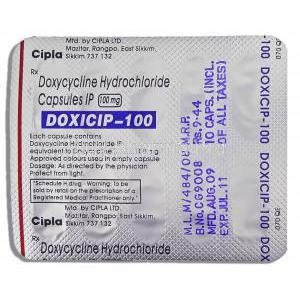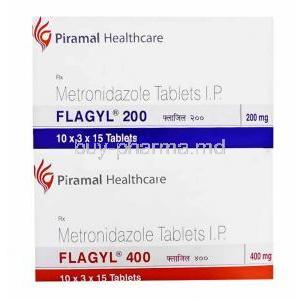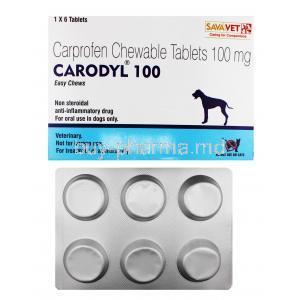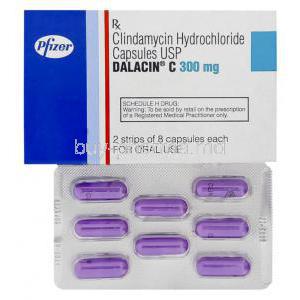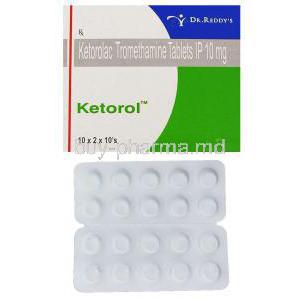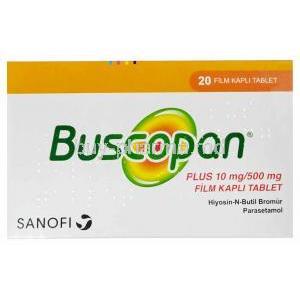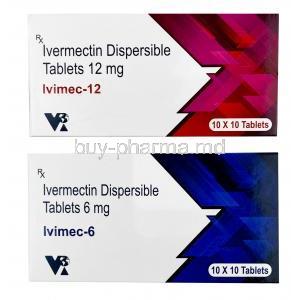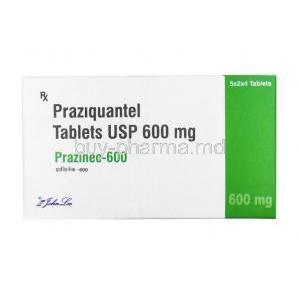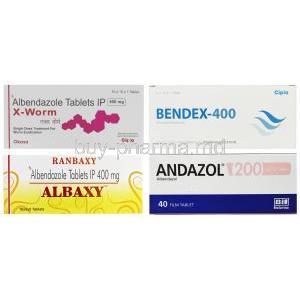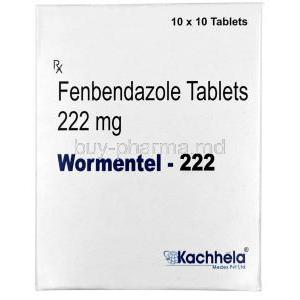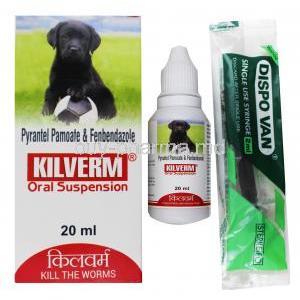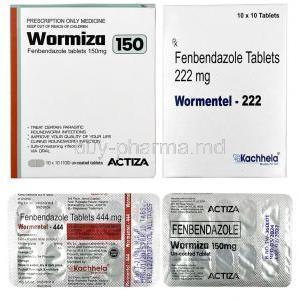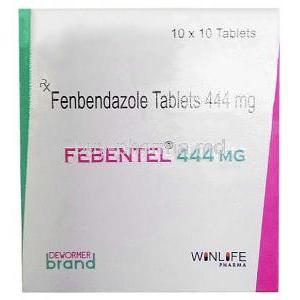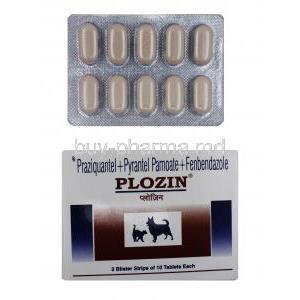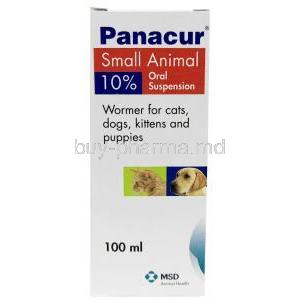1. Introduction to Metronidazole, Diloxanide, and Simethicone Combination Therapy
This fixed-dose combination therapy integrates three pharmacologically distinct agents: Metronidazole, Diloxanide furoate, and Simethicone. The formulation targets both parasitic infections and associated gastrointestinal disturbances, offering a multifaceted approach to gastrointestinal health.
Originally formulated to address the limitations of monotherapy in treating intestinal amoebiasis, the rationale for combining these agents lies in their complementary mechanisms. Metronidazole addresses invasive trophozoites, Diloxanide acts on luminal cysts, while Simethicone mitigates gas-related discomfort often accompanying such infections.
The combination spans multiple therapeutic categories—antiprotozoal, luminal amebicide, and antiflatulent. This triple-action formulation is accessible in various countries under prescription-based regulation, with increasing global adoption due to its efficacy in both acute and maintenance phases of intestinal parasitic infections.
2. Composition and Active Ingredients
- Metronidazole: A nitroimidazole derivative with potent antibiotic and antiprotozoal effects, particularly against anaerobic organisms.
- Diloxanide Furoate: A synthetic amebicide effective against luminal cysts of Entamoeba histolytica.
- Simethicone: An inert silicone-based compound that acts as a defoaming agent to reduce bloating and gas symptoms.
Available in various formulations, including:
- Tablets (e.g., 200 mg Metronidazole / 250 mg Diloxanide / 25 mg Simethicone)
- Oral suspensions for pediatric or geriatric use
Inactive excipients may include magnesium stearate, microcrystalline cellulose, starch, and flavoring agents in liquid forms to enhance palatability and absorption.
3. Mechanism of Action: How Each Component Works
- Metronidazole: Enters anaerobic cells and undergoes reduction to form reactive nitroso radicals, which disrupt DNA synthesis and cause cell death in protozoa and anaerobic bacteria.
- Diloxanide Furoate: Acts locally in the intestine by converting to its active free base, interfering with metabolic pathways of protozoan cysts.
- Simethicone: Lowers surface tension of gas bubbles in the gastrointestinal tract, allowing their coalescence and easier expulsion.
The combination ensures eradication of both invasive and luminal forms of parasites while concurrently relieving bloating, offering a holistic treatment option.
4. Approved Medical Uses and Therapeutic Indications
- Treatment of both acute and chronic forms of intestinal amoebiasis
- Management of asymptomatic carriers of Entamoeba histolytica to prevent transmission
- Relief of abdominal bloating and excessive gas linked to parasitic infections
- Post-therapy treatment to eliminate residual cysts and prevent recurrence
- Combination therapy for gastrointestinal protozoal infections with symptoms such as cramping, diarrhea, and flatulence
5. Off-Label Uses and Emerging Applications
- Adjunct treatment in Giardia lamblia infections, particularly resistant cases
- Experimental use in multidrug regimens for Helicobacter pylori eradication
- Emerging interest in managing Small Intestinal Bacterial Overgrowth (SIBO)
- Potential benefit in carriers of Clostridium difficile to reduce colonization load
- Pediatric use in cases of colic or dyspepsia linked to protozoal infection (with specialist supervision)
6. Dosage and Administration Guidelines
- Adults: Commonly 1 tablet twice daily for 5 to 10 days, depending on severity and indication
- Pediatrics: Dosage adjusted by body weight—generally 20–30 mg/kg/day of metronidazole component divided in two doses
Take with meals to enhance gastrointestinal tolerance. Consistency in dosing intervals is important to maintain therapeutic plasma levels. If a dose is missed, it should be taken as soon as remembered unless it’s close to the next scheduled dose—doubling up is not recommended.
7. Important Administration Considerations and Patient Handling
- Tablets should be swallowed whole with a glass of water; do not crush unless otherwise directed
- Oral suspensions must be shaken thoroughly before administration
- Use of alcohol is strictly contraindicated during and for 48 hours after treatment due to risk of disulfiram-like reactions (nausea, flushing, tachycardia)
- Accurate dosing for children should involve calibrated measuring cups or oral syringes
- Basic hygiene measures (handwashing, toilet sanitation) are essential to prevent reinfection or transmission
- Dispose of expired medication responsibly—do not flush or throw in household waste
8. Common and Expected Side Effects
- Gastrointestinal disturbances: Nausea, metallic or bitter taste, cramping, or mild abdominal pain
- Neurological: Mild headache, occasional dizziness
- Oral discomfort: Dry mouth or altered taste sensation
- Urinary: Temporary darkening of urine due to metronidazole metabolites
- Gastrointestinal gas: Flatulence may persist despite simethicone, especially in early treatment days
These effects are usually transient and resolve with continued use or completion of therapy. If persistent or severe, medical attention should be sought.
9. Serious or Less Common Adverse Reactions
Though generally well-tolerated, the combination of Metronidazole, Diloxanide, and Simethicone can provoke serious or rare side effects in certain individuals. Vigilant observation is crucial, particularly during prolonged or high-dose therapy.
- Neurotoxicity: High doses or extended use of metronidazole may lead to neurological symptoms, including peripheral neuropathy, numbness, tingling, and in rare cases, seizures or encephalopathy.
- Allergic skin reactions: Hypersensitivity may manifest as urticaria (hives), generalized pruritus (itching), erythematous rash, or angioedema.
- Hepatic enzyme elevation or hepatotoxicity: Liver function tests may show transient increases in AST, ALT, or bilirubin levels. Hepatic toxicity, although uncommon, may require discontinuation.
- Blood dyscrasias: Rare hematological abnormalities such as leukopenia, thrombocytopenia, or agranulocytosis have been observed, primarily in long-term metronidazole users.
- Severe diarrhea or pseudomembranous colitis: Associated with antibiotic-induced disruption of gut flora; may necessitate discontinuation and initiation of specific treatment for Clostridioides difficile infection.
10. Drug and Food Interactions
Numerous pharmacokinetic and pharmacodynamic interactions exist that can affect the safety and efficacy of this drug combination. Careful evaluation of concurrent medications is essential.
- Alcohol: Co-administration with metronidazole can induce a disulfiram-like reaction, characterized by nausea, flushing, tachycardia, and hypotension.
- Warfarin and anticoagulants: Metronidazole can potentiate the effect of warfarin by inhibiting its metabolism, leading to an increased risk of bleeding.
- Lithium: Concurrent use may increase lithium plasma levels and toxicity; renal function and lithium concentrations should be closely monitored.
- Cytochrome P450 interactions: Metronidazole is a moderate inhibitor of CYP2C9 and CYP3A4, potentially altering the metabolism of drugs processed via these enzymes.
- Effect of meals: Food may affect the rate, but not the extent, of absorption. It is generally recommended to take this combination with meals to minimize gastrointestinal discomfort.
11. Warnings and Precautions for Safe Use
To optimize therapeutic benefit and mitigate risk, several precautions should be considered throughout the course of therapy.
- Avoid prolonged use: Treatment duration should not exceed recommended limits to prevent cumulative toxicity, especially from metronidazole.
- Neurotoxicity risk: Prolonged or high-dose therapy increases the likelihood of peripheral neuropathy; monitor for neurological symptoms.
- Liver and kidney function: Baseline and periodic monitoring are advised, particularly in patients with pre-existing impairment.
- Reproductive safety: Metronidazole is not recommended during the first trimester due to teratogenic potential; assess benefit-risk ratio in all pregnant patients.
- Antimicrobial resistance: Avoid unnecessary or empirical use to minimize the emergence of resistant protozoa or bacteria.
12. Contraindications and When Not to Use
This medication should be avoided in the following scenarios due to potential for severe adverse outcomes:
- Known hypersensitivity: Contraindicated in individuals allergic to metronidazole, diloxanide, simethicone, or any formulation excipients.
- Hematologic disorders: Pre-existing blood dyscrasias, such as neutropenia, warrant alternative therapy.
- Severe hepatic dysfunction: The liver-metabolized components may accumulate, increasing toxicity risk.
- Pregnancy (first trimester): Metronidazole is contraindicated due to potential teratogenic effects during organogenesis.
- Concurrent use with disulfiram or alcohol: May precipitate acute psychosis or severe adverse reaction respectively.
13. Special Populations and Careful Administration
13.1 Use in Elderly Patients
- Renal and hepatic clearance may decline with age, necessitating dose adjustments or increased monitoring.
- Elderly patients may be more susceptible to central nervous system effects such as dizziness or confusion.
- Cognitive changes should be regularly assessed during prolonged treatment courses.
13.2 Use in Pregnant Women and Lactating Mothers
- Pregnancy: Metronidazole should be avoided during the first trimester. If essential, therapy may be considered in the second or third trimester under strict supervision.
- Simethicone and diloxanide: Current data suggest minimal fetal risk, but robust clinical safety data are limited.
- Lactation: Metronidazole is excreted in breast milk. Temporary discontinuation of breastfeeding may be recommended depending on the dose and duration.
13.3 Use in Pediatric Patients
- Pediatric safety data is generally favorable but requires careful dose adjustment based on age and weight.
- Palatability and formulation (e.g., flavored suspensions) are crucial for compliance in young children.
- Overdose risk is higher due to measurement errors—use calibrated dosing devices and caregiver education.
14. Overdose Risks and Emergency Measures
Overdose involving this combination, though rare, can pose significant health threats requiring immediate intervention.
- Metronidazole toxicity: May present with nausea, ataxia, vomiting, seizures, and peripheral neuropathy. Severe cases may involve CNS depression.
- Diloxanide toxicity: Limited data, though high doses could provoke gastrointestinal upset or hepatic stress.
- Emergency management: Supportive care with symptomatic treatment, seizure control, and rehydration. Activated charcoal may be administered if ingestion is recent.
- Seek emergency care if seizures, confusion, or respiratory depression occurs.
15. Storage and Stability Information
Proper storage conditions are essential to maintain the efficacy and safety of the medication.
- Temperature: Store at 20–25°C (68–77°F); avoid excessive heat or freezing conditions.
- Humidity: Protect from moisture—keep tablets in original blister or tightly closed container.
- Shelf life: Refer to the product packaging for expiration. Do not use beyond this date.
- Suspensions: Shake well before use. Once opened or reconstituted, use within 7 to 14 days as specified.
- Light protection: Store away from direct sunlight to prevent degradation.
16. Handling Precautions and Safety Measures
Adherence to safe handling procedures ensures user safety and environmental responsibility.
- Hygiene: Wash hands before and after handling tablets or liquid suspensions.
- Avoid exposure: Do not allow medication to contact broken skin, eyes, or mucous membranes.
- Caregiver instructions: Caregivers should wear gloves if necessary and ensure accurate dosing for children.
- Environmental disposal: Do not flush unused medication. Follow local regulations for pharmaceutical waste disposal or return to a pharmacy take-back program.

